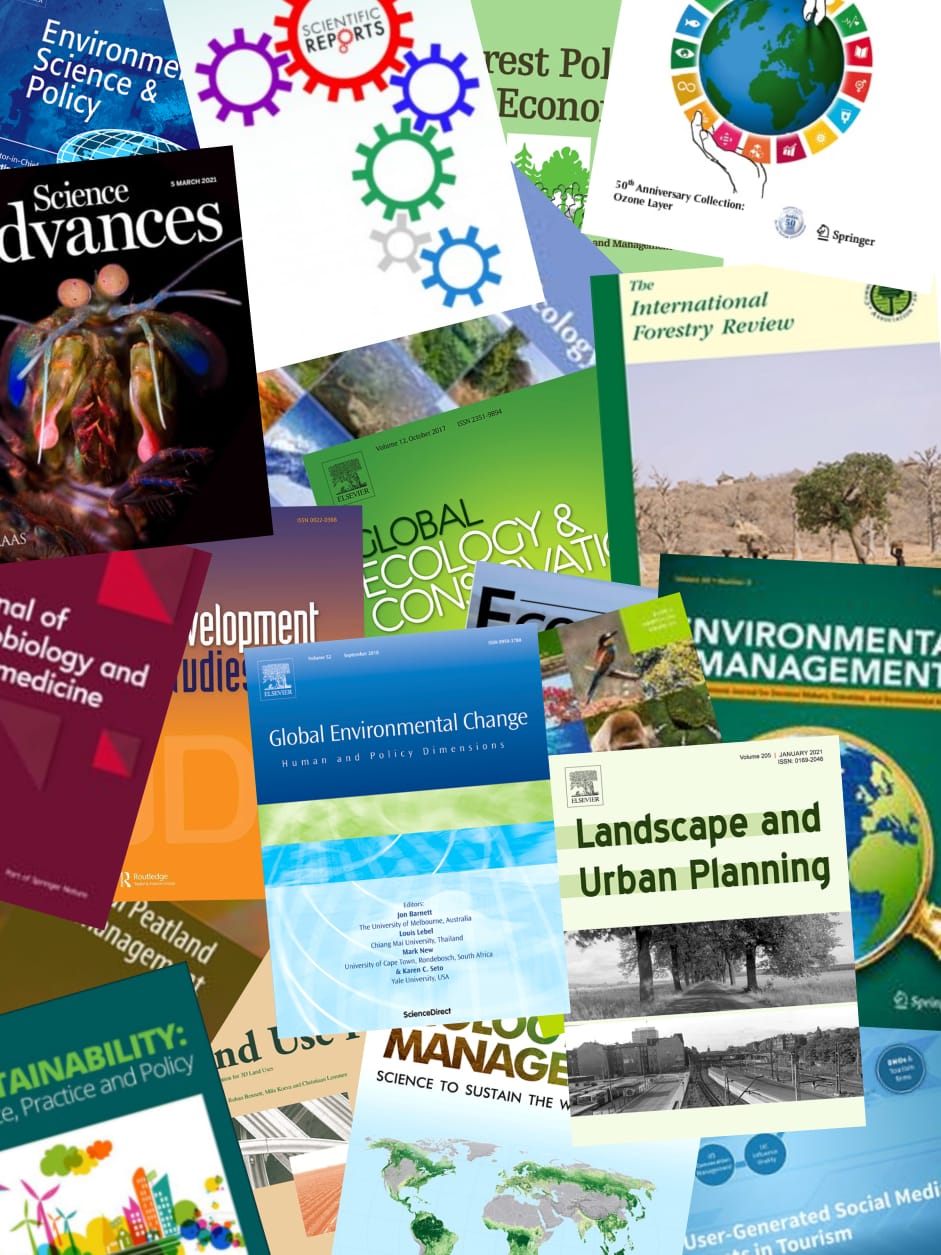Cadmium (Cd) is a common industrial pollutant that has become a global issue due to its toxicity to living creatures, particularly aquatic organisms. Algal-based treatment offers cost-effective and environmentally friendly solutions for heavy metal removal. In this work, we studied the acid-tolerant microalgae Tetratostichoccocus sp. P1 isolated from a tropical peatland in Malaysia for its potential for Cd removal. The objective was to study the growth of Tetratostichoccocus sp. P1 strain cultivated in high-level Cd concentrations at pH 3.0. Tetratostichoccocus sp. P1 grew best in 20 μM and could survive in a concentration up to 100 M, according to the specific growth rate (μ = 0.36 ± 0.05 d-1) and the chlorophyll content (28.24 μg mL-1). This strain was also highly resistant to Cd, evidenced by its half-maximal inhibitory concentration (IC50) value, which was determined at 125 μM (14.8 mg L-1 Cd). This is the first study of its kind to demonstrate Tetratostichoccocus sp. P1's ability to absorb Cd at elevated concentrations under acidic conditions.
View source

